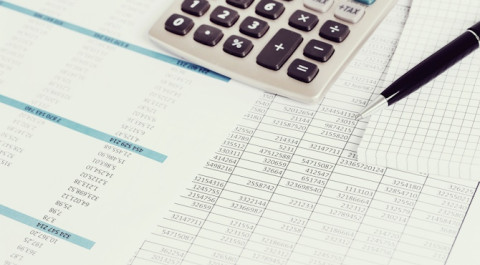Cheap prediction
AI may be best understood as ‘cheap prediction’. But while it’s a useful input to decisions, people will still be needed

In the mid-1990s an economist called William Nord- haus had a radical idea for valuing the invention of the light bulb. How much effort, he wondered, would it take to produce a similar amount of light with a wood fire?
The answer: to produce an hour of electric light with a light bulb would require chopping wood for 10 hours a day, for six days. Nordhaus went on to create a price index going back to sesame oil-powered lamps from Babylonian times, showing that the real benefit was a dramatic fall in the cost of artificial light.
Researchers have since used this economic approach for valuing technology to examine the internet’s role in lowering the cost of search; transporting, verifying and replicating information; and in tracking behaviour. And now three academics in Canada have followed this process to cut through the hype around machine learning, the most popular example of artificial intelligence (AI) today. ‘Digging into the technology it became clear that it was a drop in the cost of prediction,’ says Professor Avi Goldfarb, an econometrician who specialises in the science of quantitative marketing. With Professors Ajay Agrawal and Joshua Gans he has co-authored the book Prediction Machines, the simple economics of artificial intelligence.
Not everyone sees machine learning in such a reductive light. Computer science academics emphasise the potential of AI’s ability to learn, and the ramifications this holds for training robots and the like. ‘But that’s not the AI we have today. It hasn’t gone past that one thing – cheap prediction,’ says Gans, a renowned Australian economist who moved to Toronto in 2010.
Using AI to automate audits
Accountants are already using machine learning software to audit accounting files in minutes. And the task of poring over spreadsheets to match transactions looks like one of the first to fall under the wheels of automation.
Radlee Moller was at a partner retreat in Hawaii when he first realised the opportunity for machine learning.
Managing partner at CA firm CIB Accountants and Advisers, in Parramatta, NSW, Moller was intrigued at claims made by a software company, MindBridge Ai Auditor, that it could automate most of the legwork for auditors.
Moller invited MindBridge CEO Solon Angel to Australia and watched Angel run the ‘Pepsi challenge’. The software took five minutes to audit a file and find the four mistakes within that had taken a five-person team three weeks. It even revealed a fifth, unknown error.
Moller timed the software on other files at CIB. ‘It took 12 minutes for the biggest file in the firm,’ Moller says.
Several months later, Moller had convinced Angel to let him distribute MindBridge to Australian firms.
The startup is already making millions in revenue, has 120 customers – including the Bank of England – and is preparing for an IPO in 2021.
CIB Accountants hasn’t dropped its fees for audits, despite the time saved. ‘I tell clients there’s a software cost. We don’t pass that on; we wear it,’ Moller says.
Moller’s experience fits the prediction made by Deloitte Australia in a 2017 report. It identified auditing as the most likely role for automation.
‘Auditors will eventually veer towards the forensic accounting, accuracy, validation type of role rather than sitting with Excel spreadsheets trying to manually reconcile thousands of transactions,’ says Gavin Whyte, chief data scientist at Deloitte Australia.
Whyte has been developing inhouse algorithms that replicate MindBridge’s smarts. The Big Four firm can customise them for different clients or applications, Whyte says.
Wykorzystałeś swój limit bezpłatnych treści
Pozostałe 55% artykułu dostępne jest dla zalogowanych użytkowników portalu. Zaloguj się, wybierz plan abonamentowy albo kup dostęp do artykułu/dokumentu.






 Zaloguj się
Zaloguj się











